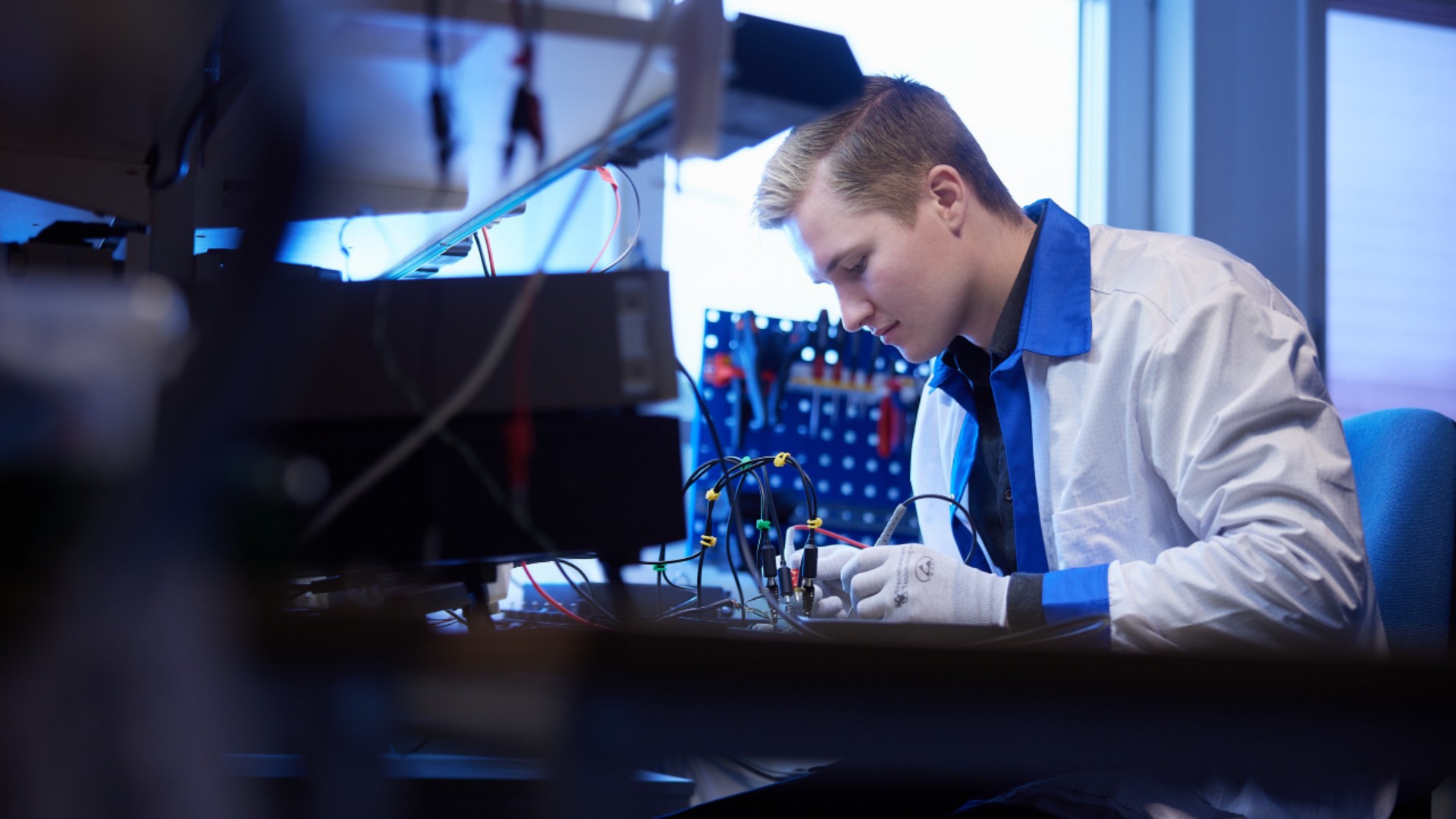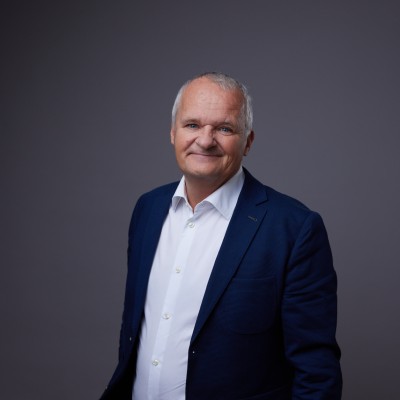Partner with STMicroelectronics
Martinsson Elektronik is partnered with STMicroelectronics delivering Tailor-made display solutions & HMI systems based on STM32 microcontrollers and microprocessors.

The foundation of Product Life Cycle Management (PLM) is a systematic approach to managing the entire lifecycle of a product from conceptualization to retirement. This includes the processes, people and technology involved in managing product data, design, development, manufacturing, marketing and end-of-life phases. Our goal of PLM is to optimize product development, improve time-to-market, reduce costs and increase overall product quality. To achieve that, we use standard components and use them in all our customized products.
Our customized display modules and machine control system are designed and based on Martinssons ecosystem E•Core. These are various building blocks, functions and test systems, designed for industrial requirements, all with long life cycles.
Many factors such as technology development and component availability influence our product life cycles. When you choose our ecosystem to be your platform for new products you can trust it has a planned life cycle.
Martinsson has established a product life cycle policy that covers different aspects of maintenance.
From customers
If the change need is not urgent, the change need is added to the product’s backlog. The changes are planned in consultation with the customer and implemented according to the agreed timetable.
After the completed change, the customer is responsible for testing and product approval (PA).
From Martinsson
When Martinsson proposes product changes, we do so when we see that the quality can improve the product, if we can produce it more efficiently or when we know that we can reduce the cost of the product. These changes must then be approved by the customer, planned in consultation and implemented according to an agreed timetable.
After the completed change, the customer is responsible for testing and product approval (PA).
Components with status EOL
Components in structures have different longevity depending on where they are in their own lifetime. Therefore, we receive EOL notifications at regular intervals.
If we judge that it does not affect the product based on quality, manufacturability or cost, we implement the change. Usually passive components.
Then it is Martinsson’s responsibility to secure the product to meet agreed quality levels, producibility and costs.
If we judge that the new component, usually active components, may affect functions or other requirements of the product, then we need the customer’s commitment for testing and approval.
We are committed to notifying our customers well in advance before a component is expected to end up in EOL status. We take care of last-time-buy (LTB) so we can plan the change in consultation with our customer according to an agreed time plan.
As an acating product owner our focus is reliability, availability and cost reduction over time.

Connect with our Sales- & Marketing Director, Bengt Lundell and he will tell you.